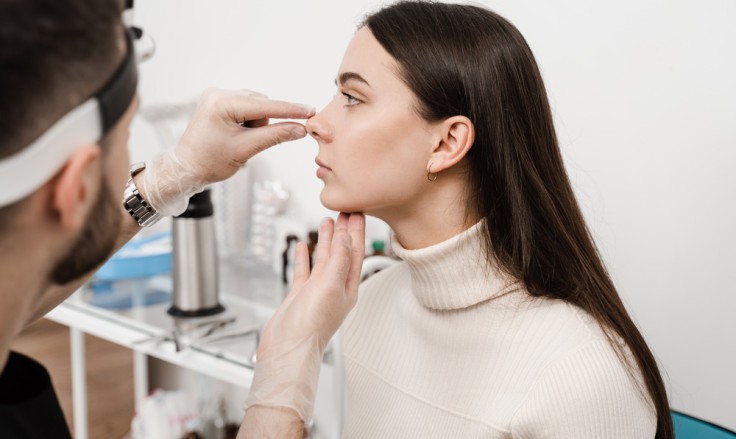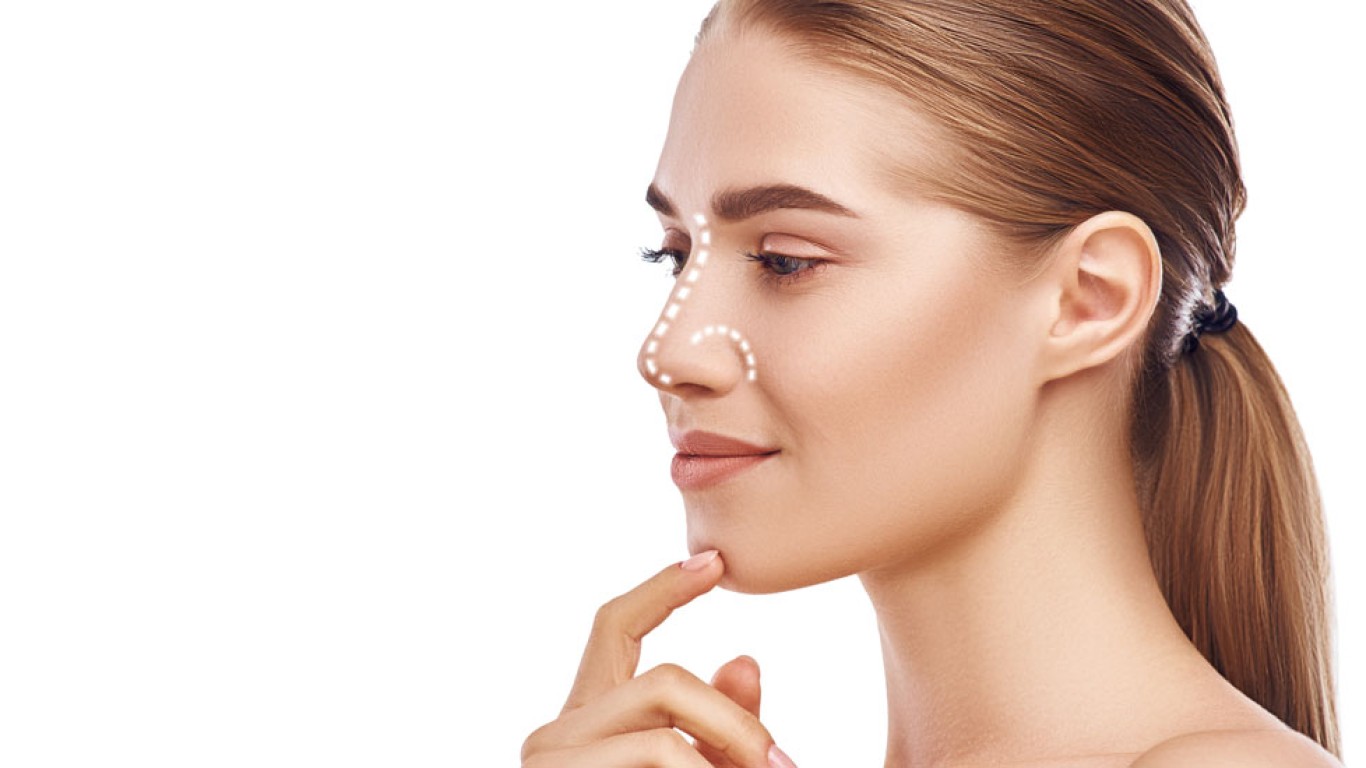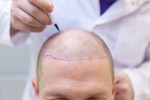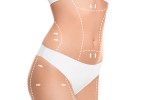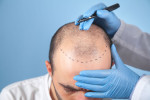Introduction
Ultrasonic rhinoplasty is an advanced nose reshaping procedure that offers greater accuracy and control. Unlike traditional methods, this approach uses ultrasonic energy to sculpt bone without breaking it. It’s become a popular option for those wanting natural refinement with minimal trauma. If you’re considering ultrasonic rhinoplasty, this guide explains how the procedure works, who it’s for and what results to expect. We’ll also cover how it compares with traditional rhinoplasty and what makes it unique.
What Is Ultrasonic Rhinoplasty and How Does It Work?
Ultrasonic rhinoplasty uses piezoelectric instruments to reshape the nasal bone using sound wave vibrations. These instruments vibrate at a high frequency. Allowing surgeons to cut bone without damaging surrounding tissue. This method is especially useful for precise contouring and smoother finishes. Traditional rhinoplasty usually involves chisels and hammers to break the bone. However, ultrasonic rhinoplasty reshapes with controlled micro-vibrations instead. As a result, the bones are sculpted gently rather than fractured. This technique is performed under general anaesthetic in a clinical setting. Most procedures take two to three hours, depending on the complexity.
Why Patients Choose Ultrasonic Rhinoplasty
There are several reasons ultrasonic rhinoplasty has gained popularity in recent years. Firstly, it offers unmatched precision. Surgeons can target exact areas of bone without affecting cartilage or skin. Secondly, it allows smoother bone surfaces and straighter nasal lines. Another benefit is how conservatively the nose is reshaped. Because the process is so controlled, natural contours are preserved. Moreover, this method often leads to more symmetrical and aesthetically pleasing results. Patients also appreciate the reduced trauma to surrounding tissues, which may lead to faster healing. Therefore, ultrasonic rhinoplasty has become a preferred option for many seeking advanced aesthetic results.
Ultrasonic Rhinoplasty vs Traditional Techniques
While both methods aim to enhance nasal structure, their approaches differ significantly. Traditional rhinoplasty uses manual tools to break and reposition bones. This can be effective but often leads to more swelling and bruising. In contrast, ultrasonic rhinoplasty avoids breaking the bone harshly. Instead, it sculpts using controlled ultrasonic waves. This allows for a more refined reshaping, especially in complex cases. Additionally, traditional rhinoplasty carries a slightly higher chance of unintentional asymmetry. By comparison, ultrasonic tools give surgeons clearer control over each movement and cut. As such, results tend to look more balanced and natural.
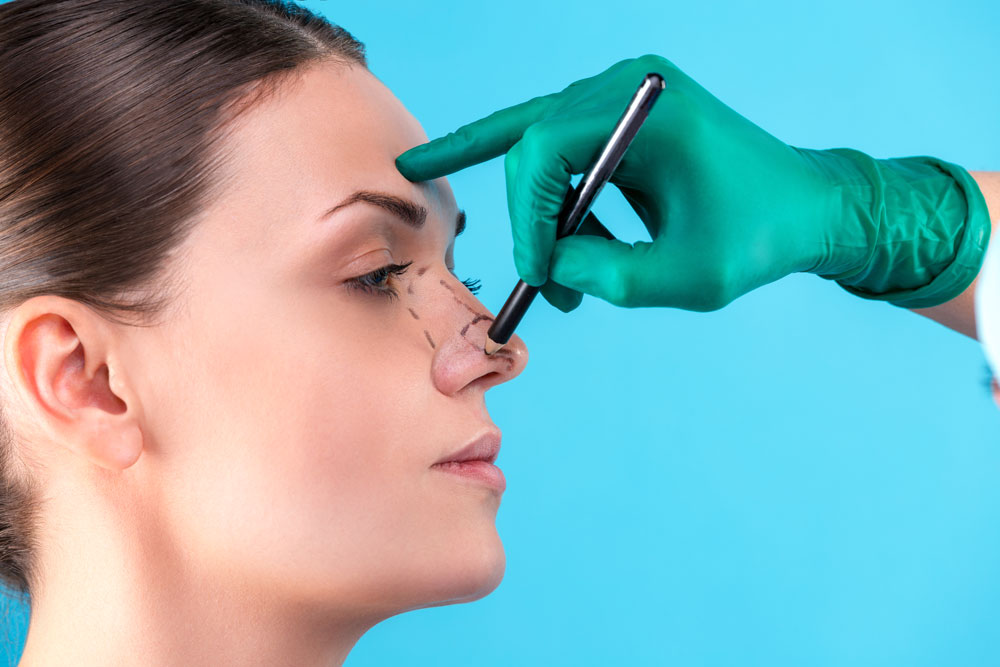
What Ultrasonic Rhinoplasty Can Correct
Ultrasonic rhinoplasty can address a variety of cosmetic and structural concerns. These include:
- A dorsal hump or bump on the bridge of the nose
- Wide nasal bones needing narrowing
- Slight asymmetry or irregular shape
- Nose realignment following injury
- Enhancing facial balance and harmony
The procedure can also be combined with cartilage correction or septum adjustments. This makes ultrasonic rhinoplasty versatile for both aesthetic and functional enhancements.
Who Is a Good Candidate for Ultrasonic Rhinoplasty?
Ultrasonic rhinoplasty is ideal for individuals wanting refined changes without dramatic overcorrection. It suits patients looking for:
- Smoother nasal lines
- Improved symmetry
- Minimal trauma to nasal tissues
- A more comfortable healing experience
Patients should be in good general health and have realistic expectations. It’s also important that their nasal structure is suitable for ultrasonic tools. Your surgeon will assess your anatomy, goals and medical history during your consultation.
What to Expect During Your Consultation
Your initial consultation is a key step in the process. During this appointment, your surgeon will assess your facial structure and nasal shape. They’ll discuss what can be achieved and how ultrasonic rhinoplasty can help. Photos may be taken, and digital imaging might be used to preview potential outcomes. The surgeon will explain how the ultrasonic tools work and what areas will be reshaped. Additionally, you’ll discuss medical history, healing time and any concerns you may have. This ensures your treatment plan is fully personalised and expectations are clearly set.
The Procedure Step-by-Step
On the day of surgery, you’ll be placed under general anaesthetic. Once you’re asleep, the surgeon makes small incisions inside the nostrils. This allows access to the nasal bones and cartilage without visible scarring. The piezoelectric device is then used to sculpt the bone. This tool emits ultrasonic energy that gently shapes bone while sparing nearby soft tissue. After reshaping is complete, the nose is carefully closed and protected with splints or dressings. The entire process typically takes a few hours depending on the case.
What Results Can You Expect from an Ultrasonic Rhinoplasty?
Ultrasonic rhinoplasty is designed to produce smooth, natural-looking results. You can expect:
- A straighter nasal bridge
- Better symmetry
- More refined tip projection
- Improved profile and overall balance
The results will gradually improve as swelling subsides. Most patients begin to notice their final nose shape within a few weeks. However, subtle changes may continue for several months. Because the changes are precise, the results often blend seamlessly with other facial features. This is one reason ultrasonic rhinoplasty is praised for its subtle beauty.
Why Ultrasonic Rhinoplasty Is Gaining Global Attention
Ultrasonic rhinoplasty is gaining traction worldwide thanks to its innovative approach and refined outcomes. Celebrities, influencers and professionals are increasingly choosing this method for subtle enhancement. The rise in medical tourism has made the procedure more accessible in destinations like Istanbul. In particular, clinics in Turkey are becoming well-known for offering ultrasonic rhinoplasty by skilled surgeons. This combination of affordability and expertise makes it an appealing choice for international patients.
Conclusion
Ultrasonic rhinoplasty represents a new era in nose reshaping. With its advanced technology, it offers precise results, minimal trauma and elegant refinement. Whether you’re aiming for a smoother nasal bridge or balanced facial harmony, this method could provide the answer. Before booking, be sure to consult with a skilled surgeon experienced in ultrasonic techniques. A personalised plan will ensure your goals are met while preserving natural beauty.
For more information and to book a consultation visit the ACIBADEM Beauty Center Rhinoplasty webpage.
Frequently Asked Questions
It depends on your goals. Ultrasonic rhinoplasty offers more precision and gentler reshaping.
No. Incisions are made inside the nostrils, so there are no visible external scars.
If combined with septoplasty, it can improve function along with appearance.
Most results appear within weeks. However, subtle improvements continue over several months.
The procedure usually takes 2–3 hours depending on the individual case and complexity.
